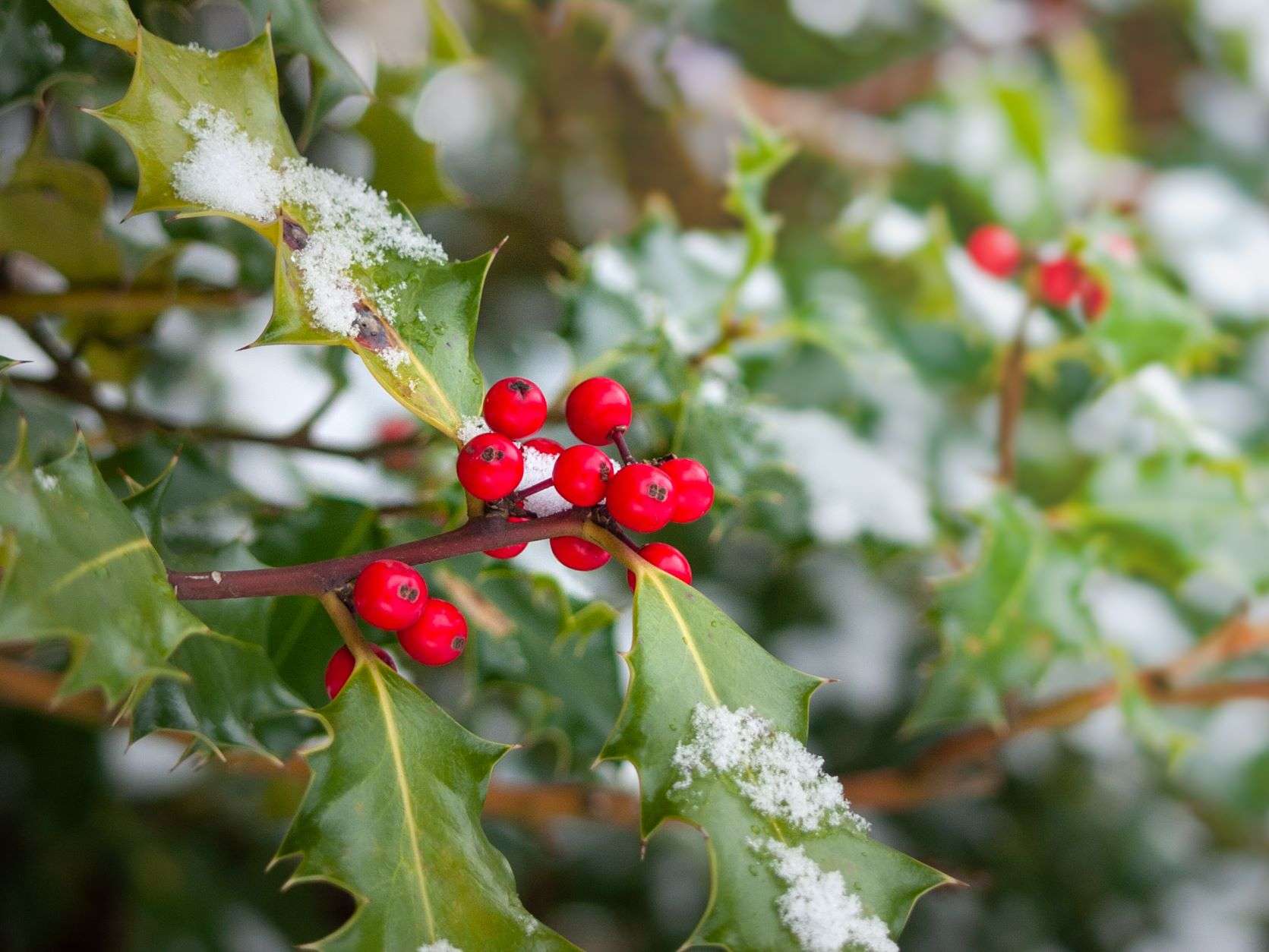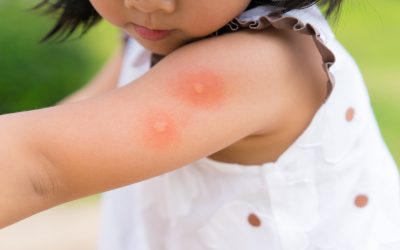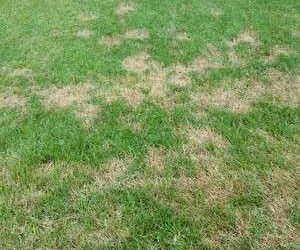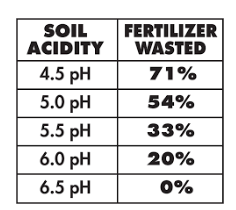The Beetle-Grub Life Cycle is Officially in BEETLE Mania State!
It’s late June, and right on cue, adult Japanese beetles are emerging from the ground in droves. While in the grub stage, they ate and weakened the root system of your grass, causing brown, dead patches in your lawn. It’s all part of the beetle-grub life cycle!
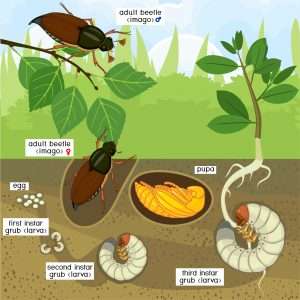 Now as adult beetles, it’s time for them to destroy the foliage on your trees and shrubs. Simply put, this Beetle Invasion is not to be celebrated! In fact, it’s imperative you take action before they not only feast on the most costly features of your landscape, but before they lay their eggs, thereby starting the beetle-grub life cycle all over again!
Now as adult beetles, it’s time for them to destroy the foliage on your trees and shrubs. Simply put, this Beetle Invasion is not to be celebrated! In fact, it’s imperative you take action before they not only feast on the most costly features of your landscape, but before they lay their eggs, thereby starting the beetle-grub life cycle all over again!
As adult beetles emerge, they feed and the females start releasing a pheromone that attracts the males to begin mating. Once mating occurs, the female digs a shallow burrow in the soil and lays her eggs.
Egg laying lasts from mid July to mid August. Eggs need moisture to develop and hatch. Typically it’s hot and dry during this time, but to keep your grass from burning, you need to water 2” – 2 ½” weekly when the temperatures are over 90°. Just what the eggs need to keep the cycle going. It’s a Catch-22 – unless you tackle the grub/beetle problem!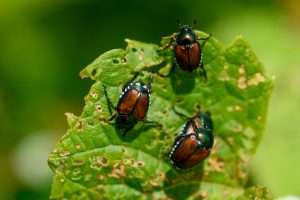
How, you ask? We thought you’d never ask!
Grub Control & Prevention
ProLawn grub treatment is a special application for your particular lawn and infestation. We start in April and applications continue into September. As a result you can help prevent some of the most common lawn problems before they start. Early fall marks a peak feeding time for grubs as they fatten up for winter. Once soil temperatures begin to drop, grubs dig in, heading six or more inches into the ground, where they’ll stay until Spring temperatures rise.
When they emerge in the Spring, they don’t eat much, making Spring grub control less effective. Lawn damage you see in Spring actually occurred the previous fall, which makes Fall control even more important. Stopping grubs in the Fall will dramatically limit lawn damage. To learn more about grubs listen in on Virginia Cooperative Extension’s “Beetlemania” podcast HERE.
ProLawn will select the proper pesticides for your particular lawn and infestation. Such pesticides often must be watered in after application; apply at least half an inch of water. Typically this  means running a lawn sprinkler for as much as an hour. Use several straight-sided containers to measure and monitor sprinkler output to avoid creating pesticide runoff. If soil is very dry, water the lawn the day prior to our pesticide application to encourage grubs to move toward the soil surface.
means running a lawn sprinkler for as much as an hour. Use several straight-sided containers to measure and monitor sprinkler output to avoid creating pesticide runoff. If soil is very dry, water the lawn the day prior to our pesticide application to encourage grubs to move toward the soil surface.
Want the Pros at ProLawn to help? Give us a call at 540-662-8316
to determine the best course of action for your situation.

